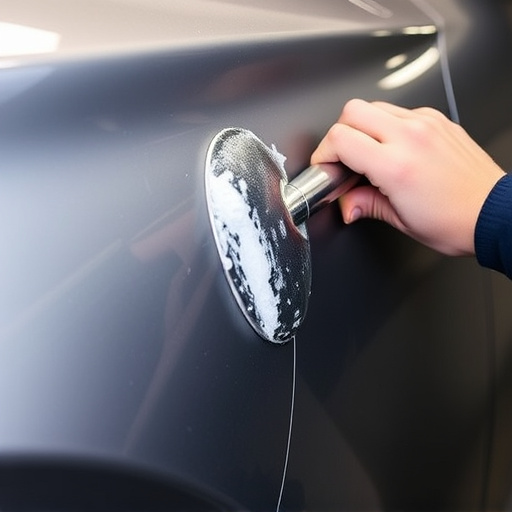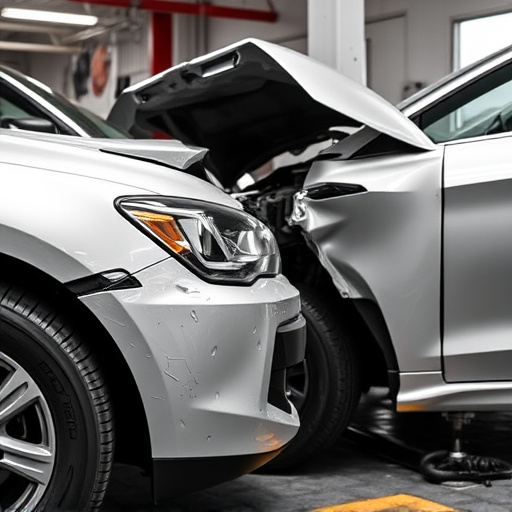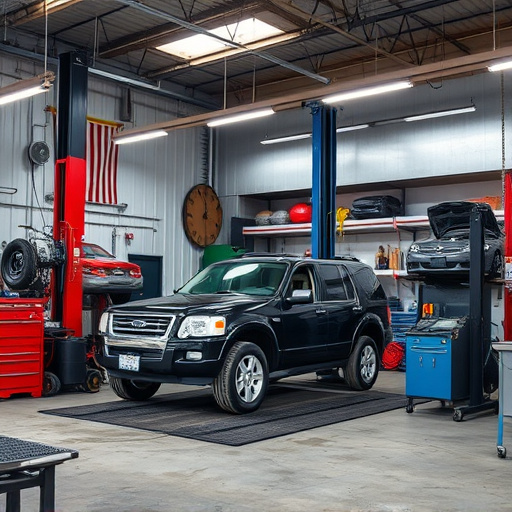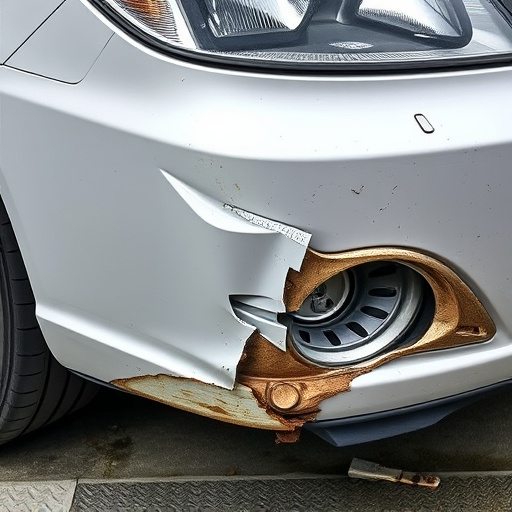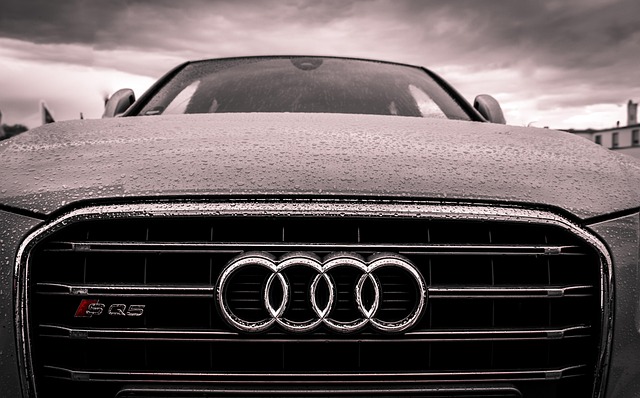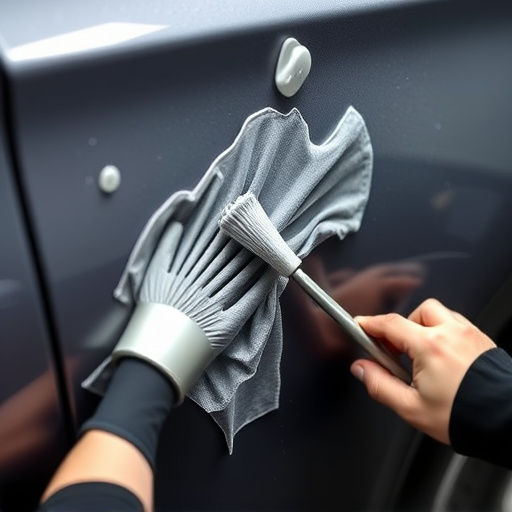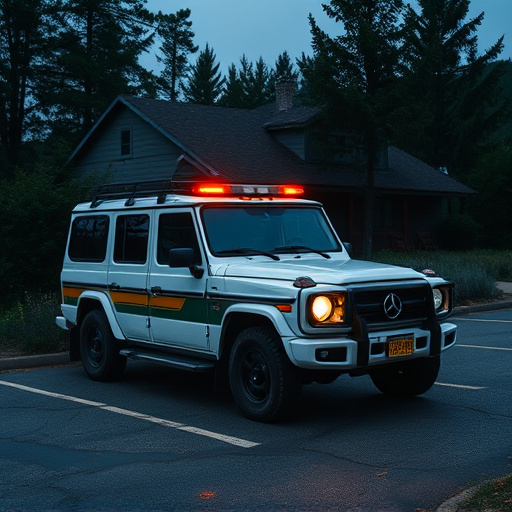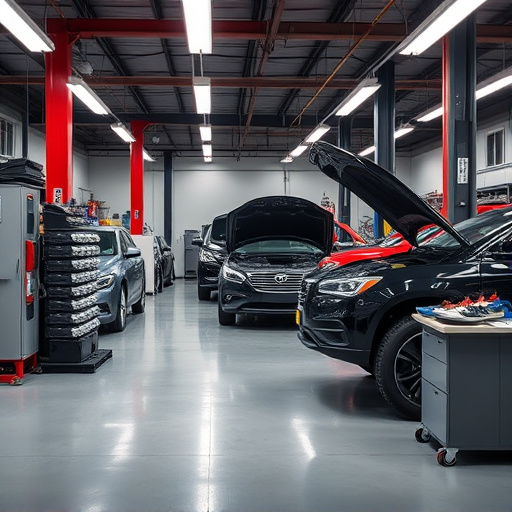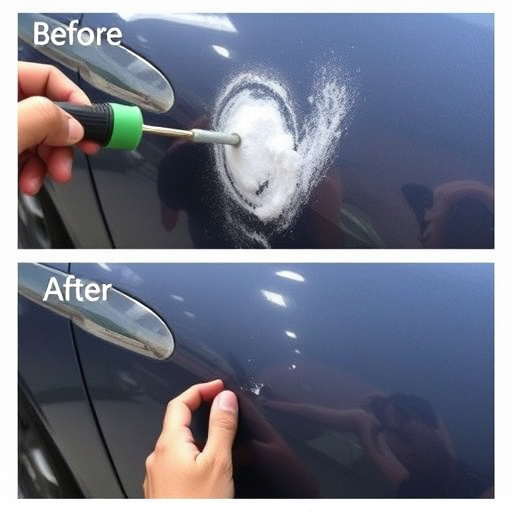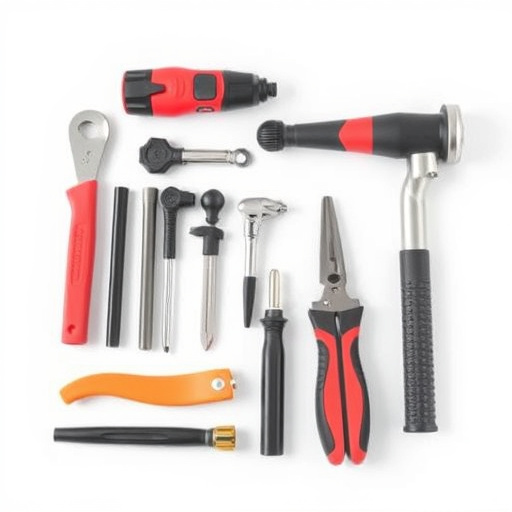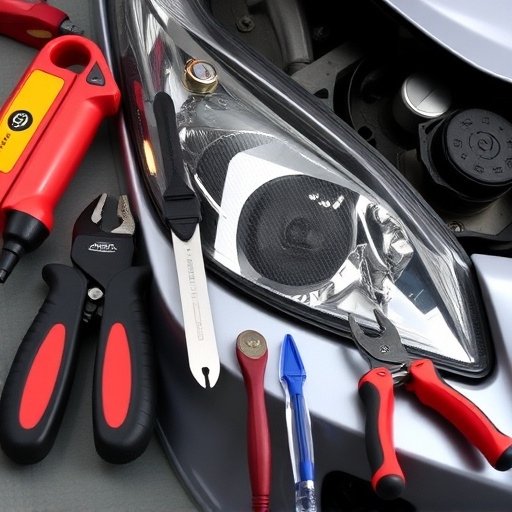Understanding auto bumper repair insurance coverage is vital. Standard policies may cover external damage, including bumpers. Comprehensive or collision coverage offers broader protection. File a claim, get assessed, and choose a reputable body shop for repairs. Inform your insurer, request an estimate, and ensure quality work within policy limits.
Insurance may cover your auto bumper repair costs. If your bumper is damaged in an accident or due to other unforeseen circumstances, understanding your policy can ease the financial burden. This article guides you through navigating auto bumper repair coverage, helping you determine when insurance will pick up the tab. Learn about the claims process and discover how to ensure a smooth experience for your next auto bumper repair.
- Understanding Auto Bumper Repair Coverage
- When Insurance Pays for Bumper Repairs
- Navigating Claims Process for Bumper Damage
Understanding Auto Bumper Repair Coverage
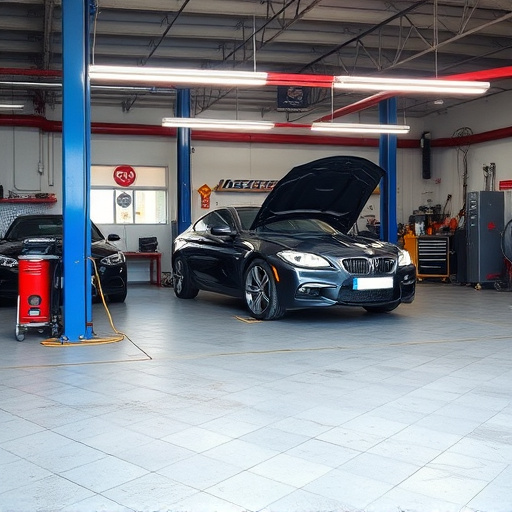
When it comes to auto bumper repair, understanding your insurance coverage is key. Many standard car insurance policies include some level of protection for external damage, such as bumps and scrapes, to your vehicle’s exterior. This often includes repairs to the front and rear bumpers, which are significant components in ensuring your car’s safety on the road.
The extent of this coverage can vary greatly between insurers and policy types, so it’s essential to check your specific policy details. Some policies may offer comprehensive or collision coverage, which typically covers a wide range of vehicle repair costs, including auto glass repair, tire services, and other significant damage, such as bumper replacements. This means that if an accident occurs and your bumper is damaged, your insurance provider might step in to assist with the repair or even fully cover it, depending on the circumstances and your policy terms.
When Insurance Pays for Bumper Repairs
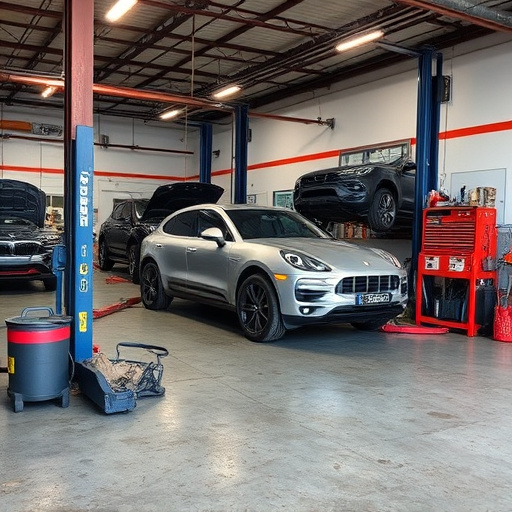
When it comes to auto bumper repair, insurance can be a lifesaver. Many standard car insurance policies cover damages to your vehicle’s exterior, including the bumper, as part of comprehensive or collision coverage. This means if your bumper is damaged due to an accident, animal impact, or other covered events, your insurance provider might step in to help with the repairs.
The process typically involves filing a claim with your insurer, who will then assess the damage and determine if it falls within their coverage parameters. If approved, they will either directly pay for the auto bumper repair at a trusted vehicle restoration or fleet repair services center or reimburse you for the costs incurred. This ensures that repairs are made correctly and your vehicle is restored to its pre-accident condition.
Navigating Claims Process for Bumper Damage
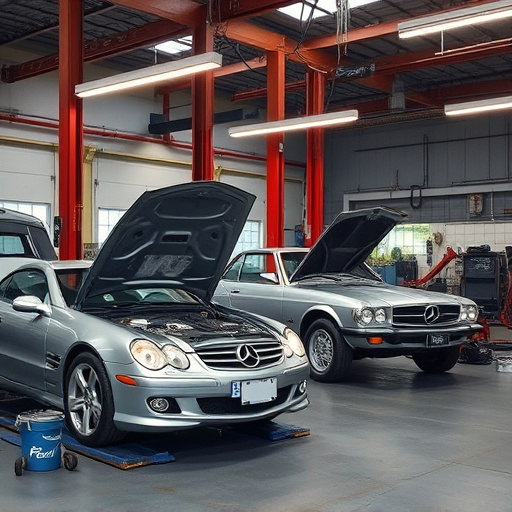
Navigating the claims process for auto bumper repair can seem daunting, but understanding the steps can help streamline the experience. The first step is to notify your insurance provider about the damage, providing them with details and photos if possible. Many insurance companies have dedicated customer service teams who can guide you through the next steps.
Next, choose an automotive body shop that offers reliable and efficient repair services for your bumper. Reputable body shops will assess the damage, provide an estimate, and discuss options with you before beginning repairs. Remember to inquire about their experience in handling similar cases, the parts they use, and any guarantees offered on their work, ensuring a high-quality outcome for your auto bumper repair needs, along with potential cost savings through insurance coverage.
If your vehicle’s bumper needs repair due to damage, checking with your insurance provider could save you money. Understanding what is covered under your policy for auto bumper repair can help navigate the claims process efficiently. In many cases, insurance may pick up the tab, ensuring a smoother and less costly experience for repairs. Remember, knowing your coverage options is key when it comes to getting your car back on the road safely and affordably.
